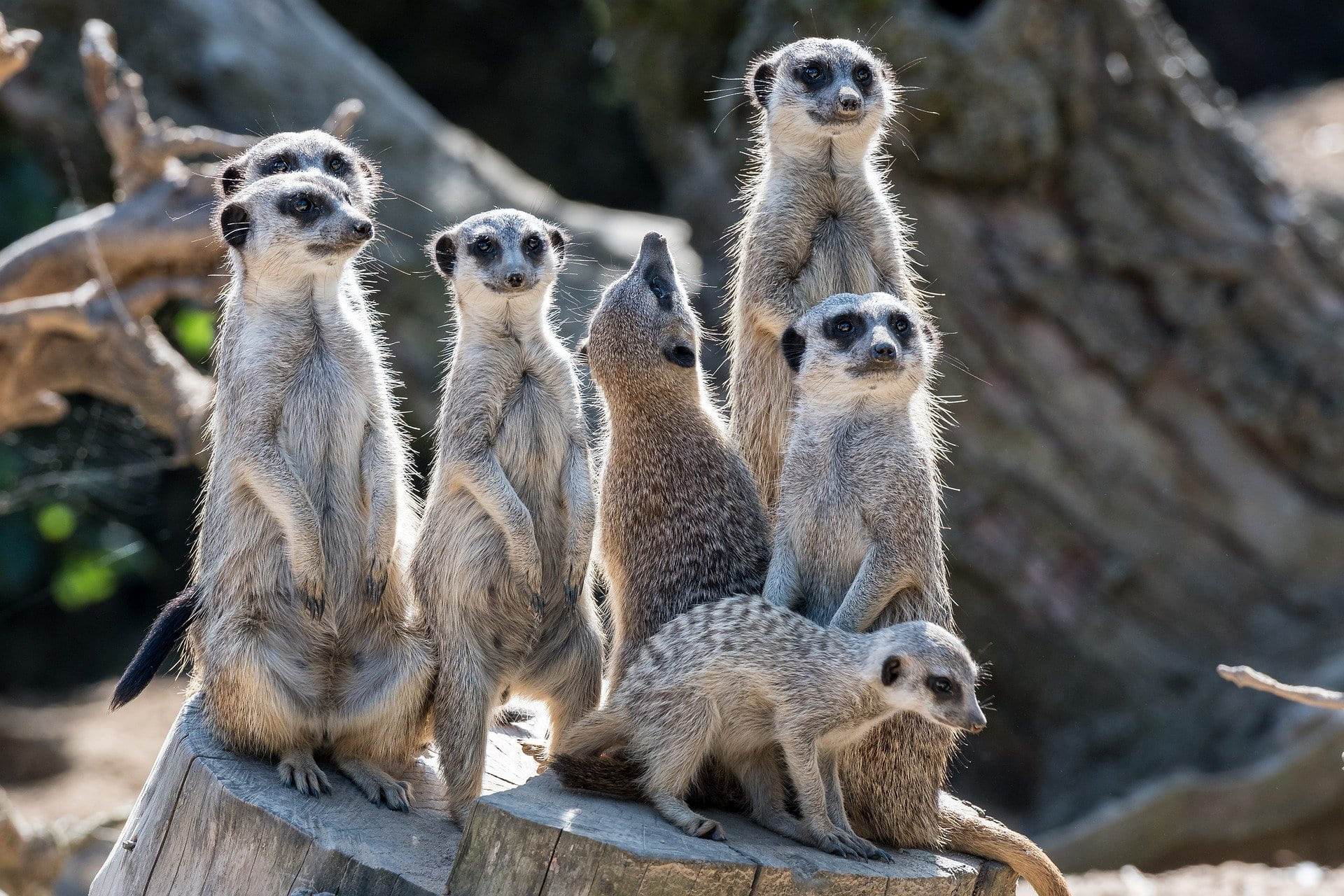Adapting to a Changing World: How Animals Are Responding to Climate Change
Climate change is affecting ecosystems across the globe, and animals are being forced to adapt to new environmental conditions. Rising temperatures, changing precipitation patterns, and shifting seasons are altering habitats, food availability, and migration patterns, forcing animals to find new ways to survive.
One of the most noticeable impacts of climate change is the shift in animal migration patterns. For example, many bird species are migrating earlier in the spring and later in the fall as a result of warmer temperatures. Similarly, marine animals like whales and fish are adjusting their migration routes to follow food sources that are moving due to changing ocean temperatures.
In some cases, animals are physically adapting to their changing environments. Studies have shown that some species are developing new traits, such as smaller body sizes or altered reproductive cycles, to cope with rising temperatures and changes in food availability. However, not all species are able to adapt quickly enough, and many are at risk of extinction if they cannot adjust to these new conditions.
Zoos and conservation organizations are studying these changes to better understand how animals are responding to climate change and to develop strategies for protecting vulnerable species. By monitoring animal behavior and supporting conservation efforts, we can help mitigate the impact of climate change on wildlife.

